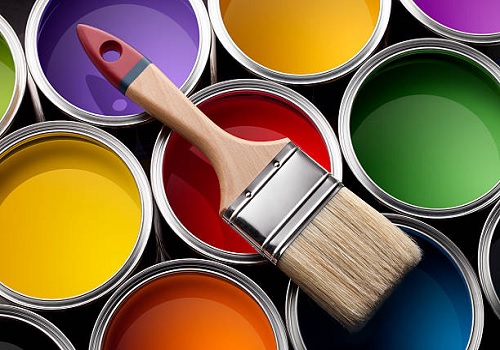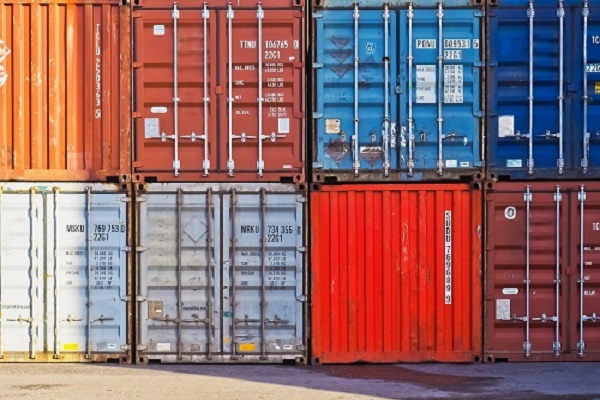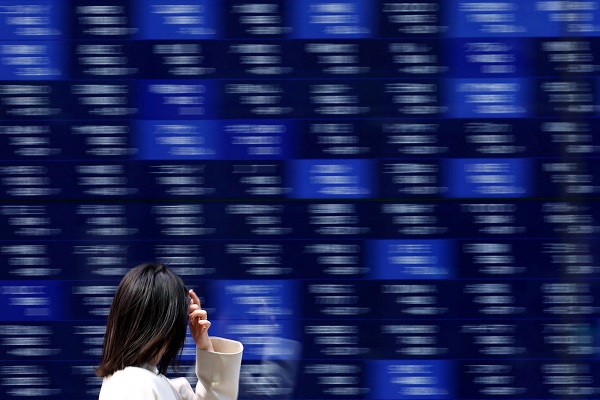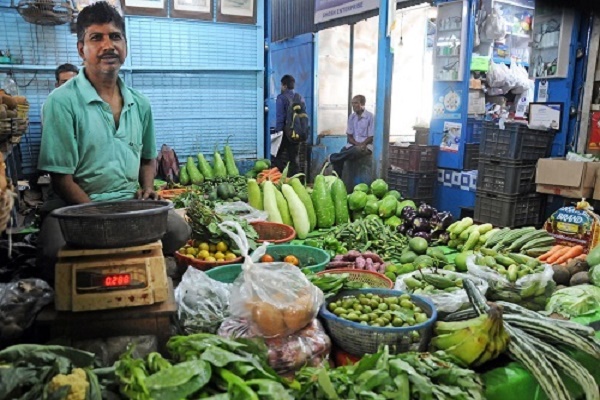Sector Update : Ethanol blending Hitting a small bump on a long journey - JM Financial Institutional Securities
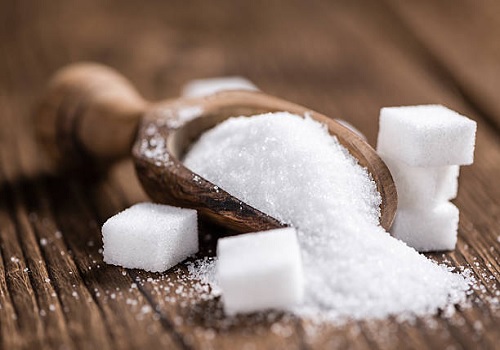
The government’s Ethanol Blended Petrol (EBP) Programme, launched in 2002, went through several ups and down before a structural increase post 2017; it hit a record c.12% in ESY23 (Nov-Oct). However, the programme will encounter a modest hurdle (flat YoY vs. YoY improvement since 2017) in ESY24, in our opinion, on account of the government’s restriction on B-heavy/ sugar syrup-based ethanol production (constituted over 75% of supply in ESY23). While the government remains committed to its target of 20% EBP by 2025, we believe this is likely to be deferred by 1-2 years given likely low sugar production due to the weak monsoon. We believe rise in a) C-Heavy ethanol prices and b) sugar realisation and volumes will partially offset lower ethanol volumes. Sugar production in India till 31st Dec’23 showed an 8% decline to 11.2mn tonnes (mnt) led by Maharashtra and Karnataka, partially offset by Uttar Pradesh. We estimate sugar production of 30.5-31.5mnt in the current season. We maintain our positive stance on the sector and retain BUY on Balrampur Chini (Mar’25TP of INR 500).
* Sugar production in the range of 30.5-31.5mnt in SS24; 11.2mnt produced till 31st Dec’23 (-8% YoY): Indian Sugar Mills Association (ISMA) in its 1st advance estimate, has pegged sugar production at c.32.4mnt for SS24 (2nd advance estimate by end-Jan’24), reflecting the substantial drop in sugar production in Maharashtra and Karnataka. The country has produced 11.21mnt of sugar till 31th Dec’23, a decline of 8% YoY (Maharashtra and Karnataka declined 19%/10%YoY respectively while UP is up 13% YoY). We estimate India sugar production at 30.5-31.5mnt in SS24 based on the current momentum, climatic vagaries (extreme cold/dry weather), weak monsoon and our interaction with industry participants.
* EBP to be in the slow lane in ESY24: EBP gained significant momentum post 2018 as the government provided significant clarity over its intent along with several incentives to the industry to produce ethanol (and, thus, reduce excess sugar/grain availability). As a result, the industry’s capacity rose from 4.2bn litres in 2013 to 13.8bn litres in Dec’23. At the same time, the demand for fuel ethanol went up from 380mn litres (1.6%) to 4.48bn litres (12%) in ESY23, on the back of government push. Given the strong response from the manufacturers and OMCs to its policies, the government advanced its 20% EBP target to 2025 (from 2030 earlier). To achieve the target of 15% EBP in ESY24, OMCs had floated tenders for 8.25bn litres in Oct’23 (1.35bn litres from sugarcane juice/1.3bn litres from B Heavy Molasses and rest from other sources), though that has been revised downwards post the recent government measures. Against this, offers were received for 5.6bn litres (2.7bn litres of sugarcane-based ethanol and c.2.9bn litres of grain-based ethanol). However, given the uncertain outlook on sugar production and, hence, the cap on diversion, we estimate blending levels to be flat or rise only modestly to 12-12.5% in ESY24, as shortfall in sugar-based ethanol could be partially offset by grain-based ethanol, subject to viability and availability of grain. We do not rule out 20% EBP being delayed by 12-18 months, depending on the monsoon (and, consequently, excess sugar production).
* Government restriction on B-Heavy/Sugar syrup route to be temporary: Notwithstanding the government’s promotion of fuel ethanol in the past 6-7 years (through higher quantum/price of ethanol variants), it imposed full restriction on any diversion of sugar for B-Heavy/Sugarcane juice/Syrup-based ethanol production. However, recognising the industry grievances (crushing season had started by then), it permitted upto 1.7mnt of sugar diversion. This is likely to impact the overall ethanol blending levels, given B heavy and Sugarcane juice constitute over 75% of total ethanol supplies to OMCs. We believe the government’s caution is warranted given uncertainty on sugar production for SS24 and even for SS25 (given the weak monsoon, we believe there is possibility of a reduction in sugarcane area). Nonetheless, we continue to believe the industry will see a Achal Lohade achal.lohade@jmfl.com | Tel: (91 22) 66303081 Vineet Shanker vineet.shanker@jmfl.com | Tel: (91 22) 66303574 Vicky Waghwani vicky.waghwani@jmfl.com | Tel: (91 22) 66303074 15 January 2024 India | Sugar | Sector Update Ethanol blending – Hitting a small bump on a long journey Sugar sector 16 January 2024 JM Financial Institutional Securities Limited Page 2 structural oversupply scenario over the longer term (except in weak monsoon years) given robust profitability of sugarcane along with other factors such as assured buyer/offtake, ever-rising sugarcane prices and sturdy nature of the crop.
* Substantial rise in prices for C-Heavy molasses and grain-based ethanol variants: The government raised the price paid for ethanol produced from C-heavy route by INR 6.87/ ltr to INR 56.28 in ESY24. We estimate that this will partially offset the loss of B-Heavy and sugarcane juice-based ethanol volumes (due to the government’s restrictions). Moreover, there has been an effective price hike of INR8-15/ltr for damaged foodgrain/maize-based ethanol for ESY24 while prices for B-Heavy/Sugarcane juice-based ethanol is still awaited (we believe it may be unchanged for the current season given the absence of incremental production). The hike in procurement price from the C-heavy route is aligned with the government’s intent to protect sugar production as it incentivises production from low sugar feedstock. Procurement prices from sugar syrup and B-heavy are yet to be announced; further, the industry doesn’t expect prices to increase significantly. For ESY23, the ethanol procurement price was INR 65.61/ltr.
* Domestic sugar prices to remain firm with an upward bias: Domestic sugar prices rallied 11% during Aug-Nov’23 on account of the off-season and expectations of a downward revision in sugar production estimates (for SS24E). However, they moderated by c.5% in the past 1 month on account of a) restriction on diversion of sugar (capped at 1.7mnt), thus increasing the availability of sugar, and b) seasonality (typically prices cool off during the crushing season as mills liquidate old inventories). We expect domestic sugar prices to remain firm over the next 2 months and gradually firm up post that given a) off-season (mills likely to start closing from mid-feb), and b) summer season (demand goes up in the summer season). Global raw/white sugar prices too moderated 16-22% from recent highs (+10% to 18% YoY) on account of expectation of improvement in supplies from various countries, including India (though India has NIL exports on account of restrictions).
* Remain positive: The increase in procurement price strengthens our positive view on the sugar sector (especially efficient companies) as it reflects (sugarcane price/MSP/ethanol prices) the government’s intent to ensure survival of the weakest. The government has been reasonably proactive in taking measures to protect interest of the farmers and consumers. Hence, we estimate sugar prices/profitability of sugar mills to be in a healthy band, except in case of a severe shortfall in cane crushing volume. We believe wellmanaged sugar companies could generate enormous earnings/cash flows in the process. We are convinced that regulations in the sugar sector are aimed at a) ensuring adequate stock for local consumption, thus avoiding any undesired rally in domestic price, and b) continuity in the ethanol programme. We maintain BUY rating on Balrampur Chini (CMPINR 390; Mar’25TP - INR 500).
Please refer disclaimer at https://www.jmfl.com/disclaimer
SEBI Registration Number is INM000010361







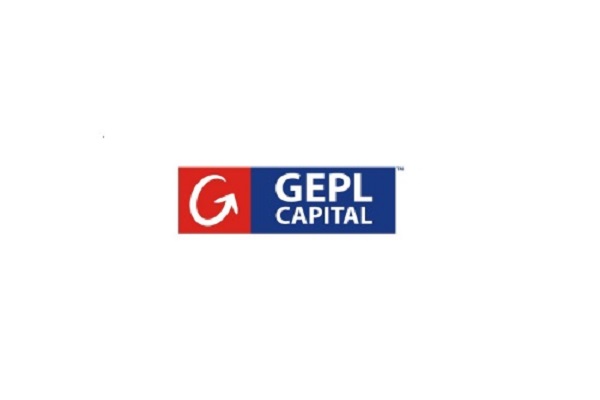
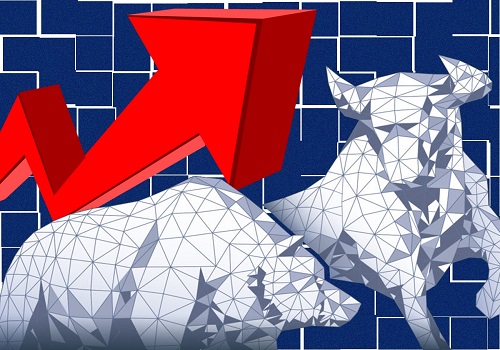
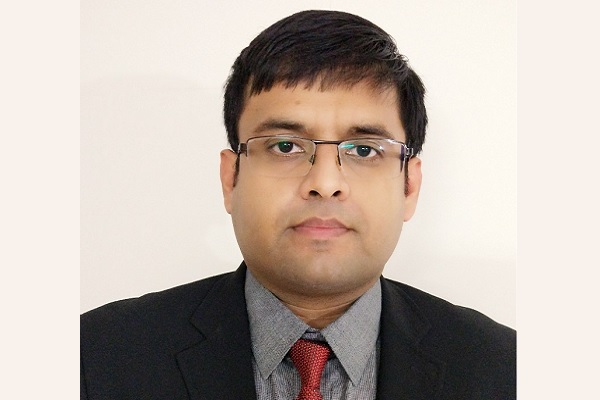
More News

Real Estate Sector Update : Sobha to launch residential projects across multiple cities by J...

